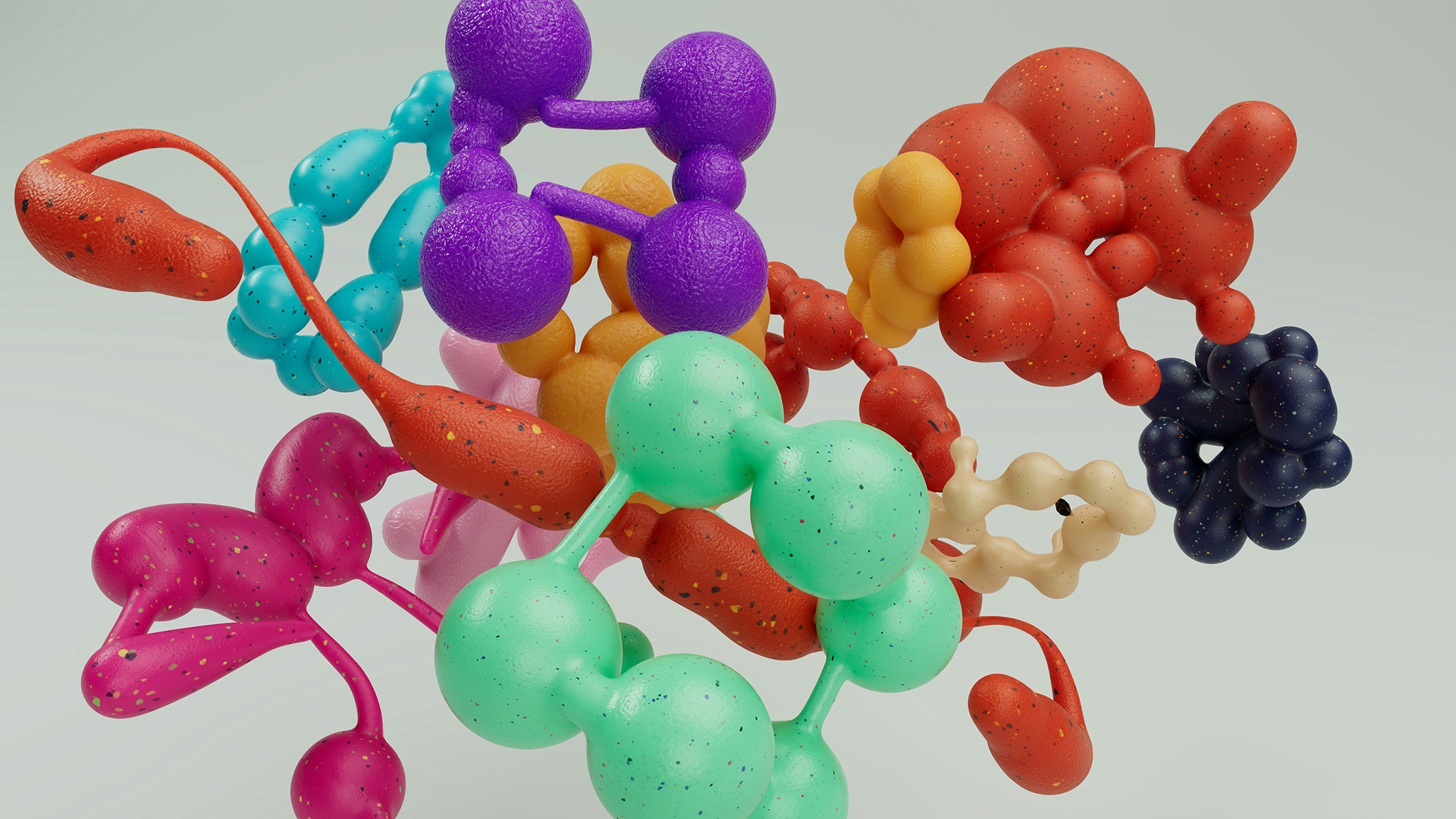Advancements in Protein Design
For avid followers of the Protein design space, you’ll likely have come across our earlier blog detailing the ins and outs of the current state of affairs. Well, time inevitably marches on, and if there are few certainties in this universe, you can count on one being a continual development in Machine Learning. So given the recent advancements, enhancements and brute-forced micro-improvements, ML6 is back once again to give you the scoop on what exactly is “up” in the crazy, little intersection of Protein Design and ML. Though this time there’s a twist… We’ll specifically be focusing on updates in sequence generation, with some other notable mentions where appropriate.









![AI for the green transition - Applications and use cases [Part 2]](https://5386477.fs1.hubspotusercontent-na1.net/hubfs/5386477/organic%20farm%20in%20house%20with%20working%20robot.png)